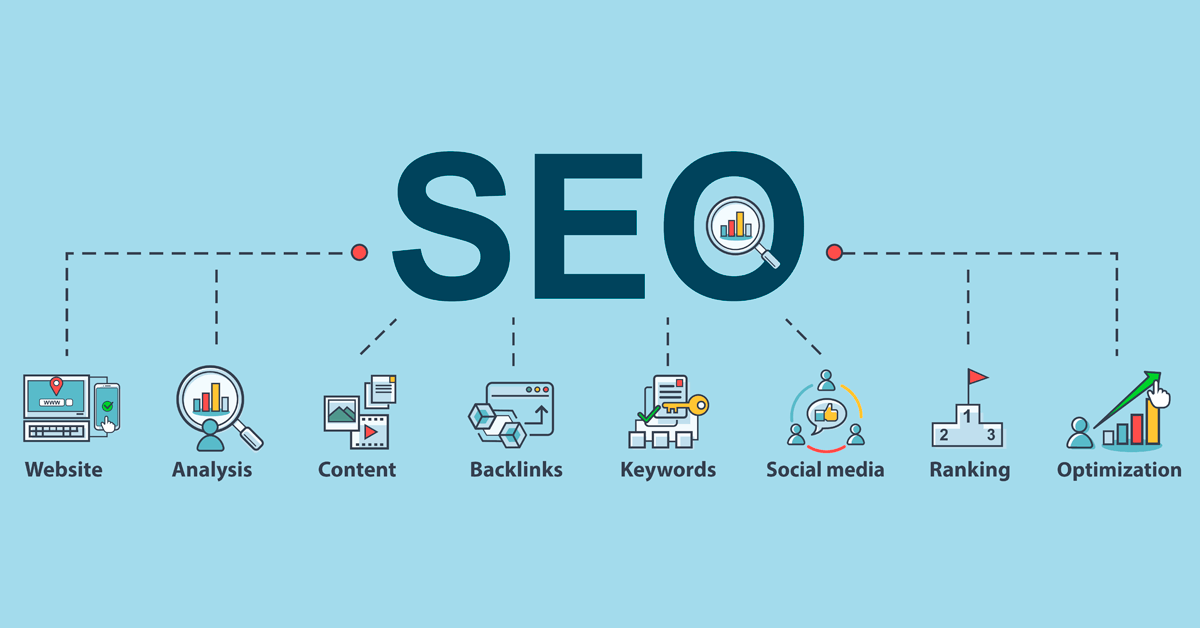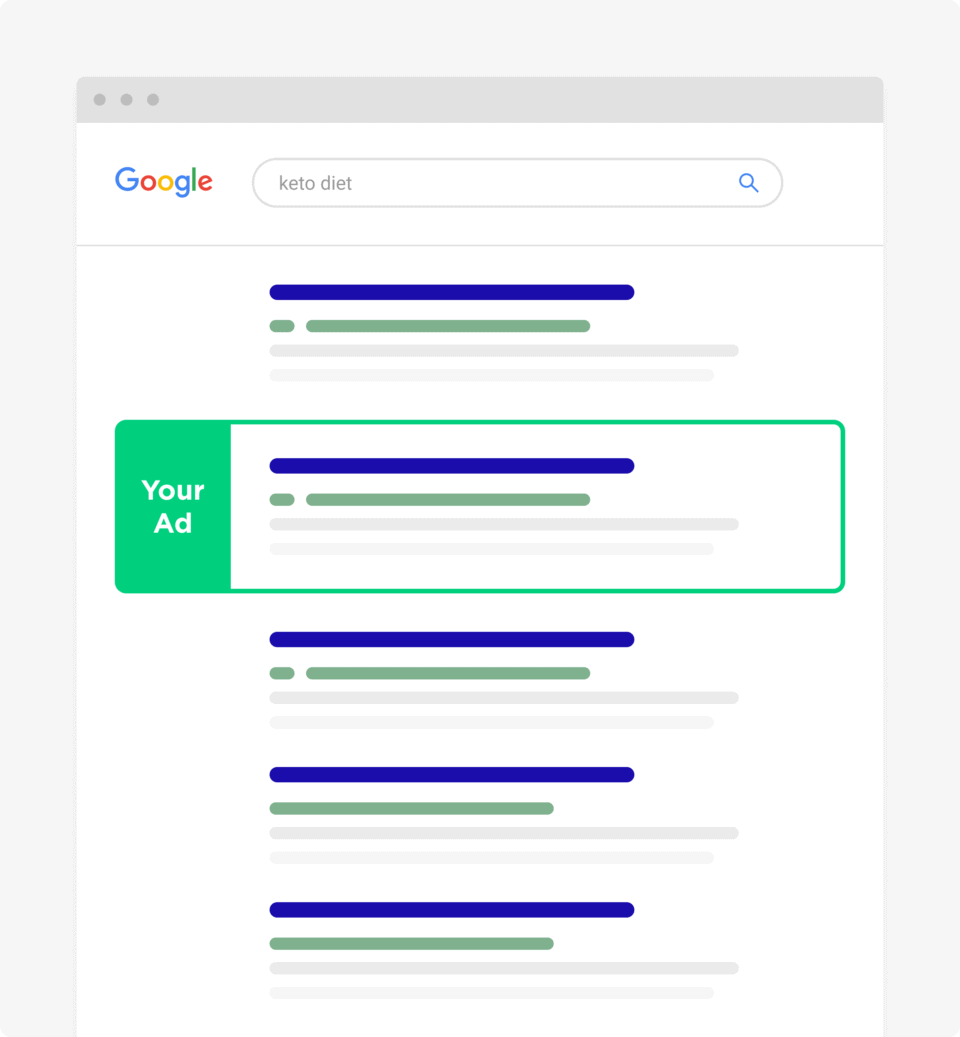Which one to opt for your business?
When it comes to digital marketing and getting visitors to websites, many people confuse search engine optimization with search engine marketing. Both are integral while designing a successful digital marketing strategy. However, it can be cumbersome if the two terms are used interchangeably.
How is SEM different from SEO?
SEO means to get your website ranked inside of a search engine. Google is the most popular search engine. There are other search engines as well like Youtube, Facebook, LinkedIn, Instagram, etc. But most people look on google to search as per their requirements.
So, organically, showing up inside of the search engine is called search engine optimization. Here, organically means without paying a single penny to bring your website on the top.
Now search engine marketing is a little bit different, it is used to serve ads inside the search engine. These are google ads, for which we have to pay google to get our website ranked on the top.
SEO Overview
Simply put SEO is the process to make your website discoverable to the search engine without spending money. Individually these changes are very small changes, but when put together they are sure to deliver a noticeable impact on a website and its UX.
- How SEO works
Search engines crawl website pages from all over the internet to showcase the information that is most relevant to the query/keyword that a user has put in the search bar. Search engines perform this with the help of algorithms that are specifically designed to decide which result is the most relevant and should be displayed on the top. There are majorly 2 elements of SEO- On-page & Off-page - On-page SEO
On-page SEO involves all the optimization that can be done inside the website to make the site visible to crawlers. On-page optimization includes focusing on :
→ URLs
→ Title tags
→ Meta description
→ Heading tags
→ Alt tags
→ Keywords
→ Content
→ Speed (loading)
→ Internal linking
→ Mobile-friendliness
→ ImagesOn-page SEO is an integral part of a marketing strategy because it enables google crawlers to understand a site’s content better which further aids it to rank the most suitable result for a specific query.
- Off-page SEO
Off-page SEO is all the actions that are taken outside the website to improve the site’s visibility. Off-page optimization includes focusing on:
→ Link building
→ Blogging
→ Influencer marketing
→ Local SEO
→ Brand mentions
→Online reputation management (ORM)
→ Social media marketing
→ Customer reviews
Even though off-page SEO is not done on the website directly but it is responsible for increasing the credibility of the site that’s why it is vital to use a combination of on and off-page SEO optimizations while designing an SEO strategy.

SEM Overview
SEM incorporates various forms of paid ads whose purpose is to drive traffic on the website which can later be converted into leads. Also referred to as PPC or pay-per-click, SEM is an instant process to bring traffic to your website. Google puts an ad on the search results on top of organic rankings as per their relevance to the query asked. SEM basically works on 4 C’s of PPC, ie., – CTR, CPC, CPA, and CR.
- CTR (Click-through rate)
CTR or click-through rate is the number of people who click on a given link divided by the total number of users that saw that link. CTR of an ad can be improved by using negative keywords, appealing copy (meta description of ad), and avoiding broad matches for keywords. Another way to improve CTR is to mention call to action (CTAs) every time. The more the CTR, the better the ad and the lower the CPC. - CPC (Cost per click)
CPC ie., cost per click, is the amount that the advertiser pays for each click made on the ad. CPC is inversely proportional to the quality of an ad campaign. So to reduce the cost per click one must improve its click-through rate. The ultimate aim of CPC is to get a conversion, so it is advised to go for a keyword with a low CPC. It may have less traffic, but conversion chances are high in this case. - CPA (Cost per acquisition)
CPA is the cost per acquisition. It is the money spent on converting one person. It is calculated by dividing the total cost spent on an ad campaign by the number of new customers acquired by that campaign. CPA is an important measure for any firm since it gives a business viewpoint through which the performance of the campaign can be evaluated. - CR (Conversion rate)
Conversion rate ie., CR, is the prime success metric of our digital marketing effort. The most important things for getting conversions are:
→ Making a good landing page
→ Reduce loading speed to avoid bounce rate
→ UI/UX should be improved

What is better: SEO or SEM?
SEO is free but a long-term process that can take more than 2 years to show true results. SEM is an instant process to get website traffic but requires money. Now, which of the two things will be better differs from business to business and product to product. The majority of marketers use a hybrid of SEO and SEM to get the best results. However, if you want to opt for only one, you should know what will work best for you.
- SEO is your go-to strategy if :
1. A small budget
2. A lot of patience and time
3. You are good at link building
4. You can rank for informational keywords (they may not convert well, but have a high volume) - SEM is your go-to strategy if :
1. You have money to spend
2. Want quick results
3. You can do A/B testing
4. You can manage an Adwords account
Thus there is no clear winner between SEM and SEO, it depends on the objective of the marketing campaign and nature of the business.
